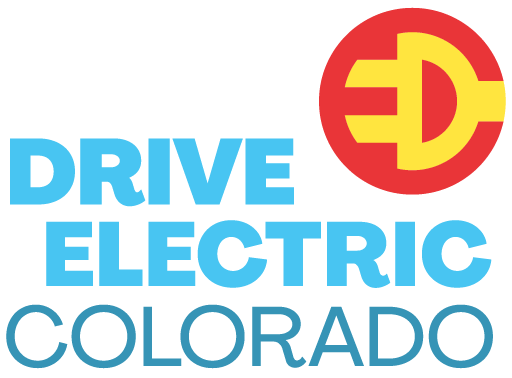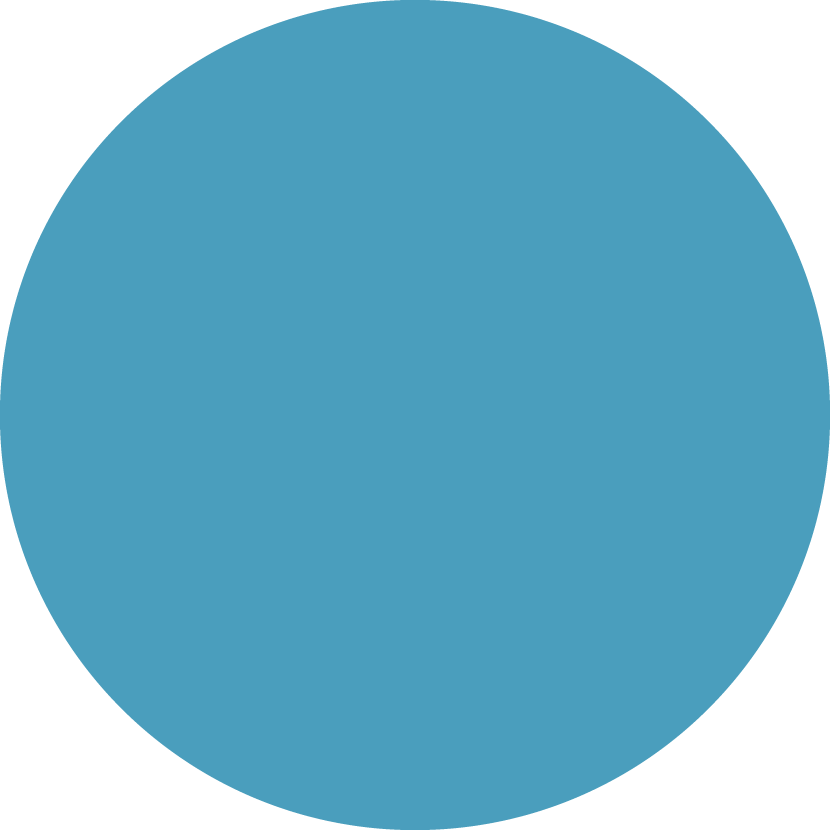Why Switch to an EV?
As gas prices skyrocket, the interest in EVs is also skyrocketing. Tesla reportedly has seen a doubling of orders in the past few weeks. Other EV manufacturers have not reported in, but their demand has probably gone up as well.
Powering an EV is much cheaper than powering a gas car. Before the recent price increases, the average American spent an average of $131-$176 per month on gas. In the past month prices have gone up another 50%, so Americans are now spending $197-$264 per month on gas.
An electric vehicle usually costs about $25-$35 per month to power but can be powered for free at no cost public chargers available in many locations. Charging at off-peak hours or using power from rooftop solar also brings down the cost.
Why are EVs so cheap to power? Is electricity that much cheaper than gas? The main reason is that EVs are much more efficient than gas cars. Gas cars use about 12–30% of their energy for propulsion. The rest is wasted as heat and noise. A cool, quiet EV uses about 77% of its energy for propulsion. This makes for an inexpensive source of transportation, as well as a climate friendly vehicle.
People are interested in saving money on gas and protecting themselves from future gas price surges, but many do not know about other huge advantages of EVs.
Reducing Carbon Emissions
25% of Colorado carbon emissions come from transportation, with another 11% from oil and gas. If we could eliminate these emissions, we could go a long way towards net zero, and save 20,000 lives a year lost from breathing car exhaust.
EVS are not zero carbon. They require carbon for manufacturing and the electricity that powers them often comes from fossil fuels. However, because of their greater efficiency, they use much less electricity than a gas car uses gasoline. A Tesla Model 3, for example, has the energy equivalent of a 132 mpg gas car.
Graph showing 2020 carbon emissions broken down by sector.
In addition to efficiency, the cleanness of the grid determines how much carbon an EV creates. In Colorado, sadly, over a third of our power comes from coal. An EV in Colorado produces about ½ of the emissions of a gas car (taking into account manufacturing emissions). However, our grid is becoming cleaner over time. An EV bought today will produce fewer emissions each year. To figure out how clean an EV could be with 100% renewable energy, we can look at Washington State, which uses about 90% renewable energy. An EV in Washington produces about 1/5 of the emissions of a gas car. Of course, you can immediately get Washington’s 1/5 rate if you install solar on your roof or buy electricity from solar or wind sources.
An EV produces more carbon emissions to manufacture, but this is quickly recouped in 6 – 18 months by the lower electricity emissions. Future EVs will produce fewer carbon emissions in manufacturing because the EV batteries of today are 95% recyclable and will be used as raw materials for future batteries, and because batteries are getting more efficient.
Safety
Very few people are aware of how safe electric vehicles are. At first glance, it seems strange that a different powertrain would make a car safer. EVs are safer for a variety of reasons.
EVs are safer in an accident. The Tesla cars have the lowest probability of injury of any car ever tested by NHTSA (National Highway Transportation Safety Administration). Tesla has deliberately put a lot of work into safety, but other EVs are safer too. The IIHS (Insurance Institute for Highway Safety) compared EVs and gas cars that had the same design, but different powertrains (like the Hyundai Kona gas vs. electric). They found that injury claims for EV versions were 40% lower than for gas versions.
EVs are safer in accidents for several reasons. First of all, the battery is a large, heavy slab under the cabin. This means that EVs have extremely low centers of gravity and the car is evenly weighted front to back. As a result, EVs are much less likely to spin out and are easier to control. The 1000 lb. battery also makes them almost impossible to roll over. The Tesla Model X SUV was the only SUV that NHTSA had ever tested that would not roll over.
The frunk or front trunk is extra storage and all crumple zone, which you can fill with shrimp or anything else you want!
A gas car has the engine and many other hard, stiff parts jammed beneath the hood. This means that the front does not crumple very well , compared to many EVs, which have virtually nothing under the hood (only console parts, 12 v battery, etc.) and a frunk (front trunk) storage compartment. If an EV has a frunk, the front crumple zone is easily crumpled, and takes the force and acceleration of an accident much better than a gas car’s front.
Similarly, a gas car has a large fuel tank in the back, which has to be strong in order to reduce the chances of leaking flammable gas during an accident. An EV does not have a fuel tank, so the trunk area works much better as a crumple zone.
There is no fuel tank, so there is extra storage under the trunk.
There is a misconception that EVs catch on fire easily, which is probably a result of the media reporting EV fires and ignoring the 150 gas cars per day that catch on fire. In reality, EVs are much less likely to catch on fire. AutoinsuranceEZ found that EVs had 25.1 fires per 100,000 sales, compared to 1,529 gas car fires per 100,000 sales. You are 61 times as likely to have your gas car combust instead of your EV!
Longevity
Electric vehicles haven’t been on the road very long, but we can get an idea of how long they will last by looking at factory testing of the major parts. A gas car has dozens of expensive parts, including the very expensive engine. An EV is a much simpler system. The major expensive parts are the battery and the motor. Both these are factory tested by running them 24/7. A motor will be run constantly or a battery will be charged to full and discharged repeatedly.
In factory tests at Tesla, the motors test at a million miles and the newer batteries test at 300,000 miles to 500,000 miles, with the newest iron-based batteries testing at a million miles. If the expensive parts of your EV last 1,000,000 miles and you only have to pay for smaller repairs like a broken window motor, that means your EV will last 66 years! Of course, real life might be different from factory testing, but the few EVs that are used for high mileage purposes like rentals seem to be still going strong after hundreds of thousands of miles.
Both EV and gas cars have brake systems, but EVs use brakes much less often than gas cars because regenerative braking does most of the work. The brakes in an EV last for a very long time. Even brake pads rarely have to be changed.
Maintenance and Total Cost of Ownership
As a gas car owner, you probably see regular oil changes and regular maintenance as an inevitable part of owning a car. Maintenance is expensive and a hassle. An EV, however, has very little maintenance. Many EVs have no maintenance schedule. Maintenance for an EV usually consists of tire rotations or changes, windshield wiper fluid changes, and cabin filter changes.
Along with the cheap powering of the car and the long lifespan, this makes EVs cheap to own, other than the initial cost of the car. A Tesla Model 3, which many people think of as a luxury car, actually has a 5‑year total cost of ownership that is less than a Honda Accord, and, depending on the cost of gas and electricity where you live, less than a Honda Civic.
An EV battery and two motors. An EV is a very simple system.
The many advantage of EVs and their low environmental impact are why people call EVs the cars of the future. The recent skyrocketing of gas prices has made many people more interested in purchasing these cars. If you’re interested in trying one, you can find a list of available EVs (like this one) and go to dealers and EV stores to test drive them. If you do, you will see that not only do they have many important advantages but they are much more fun and responsive than a gas car!
For more information or questions about electric vehicles, contact Drive Electric Colorado.
This blog post was written by Julia Moravcsik, events coordinator for the Denver Electric Vehicle Association, head of the Automotive Group for Citizens Climate Lobby, working with Coltura and 350 Colorado, and who is trying on many levels to advance education and legislation to support climate change solutions like EVs and beneficial electrification.




